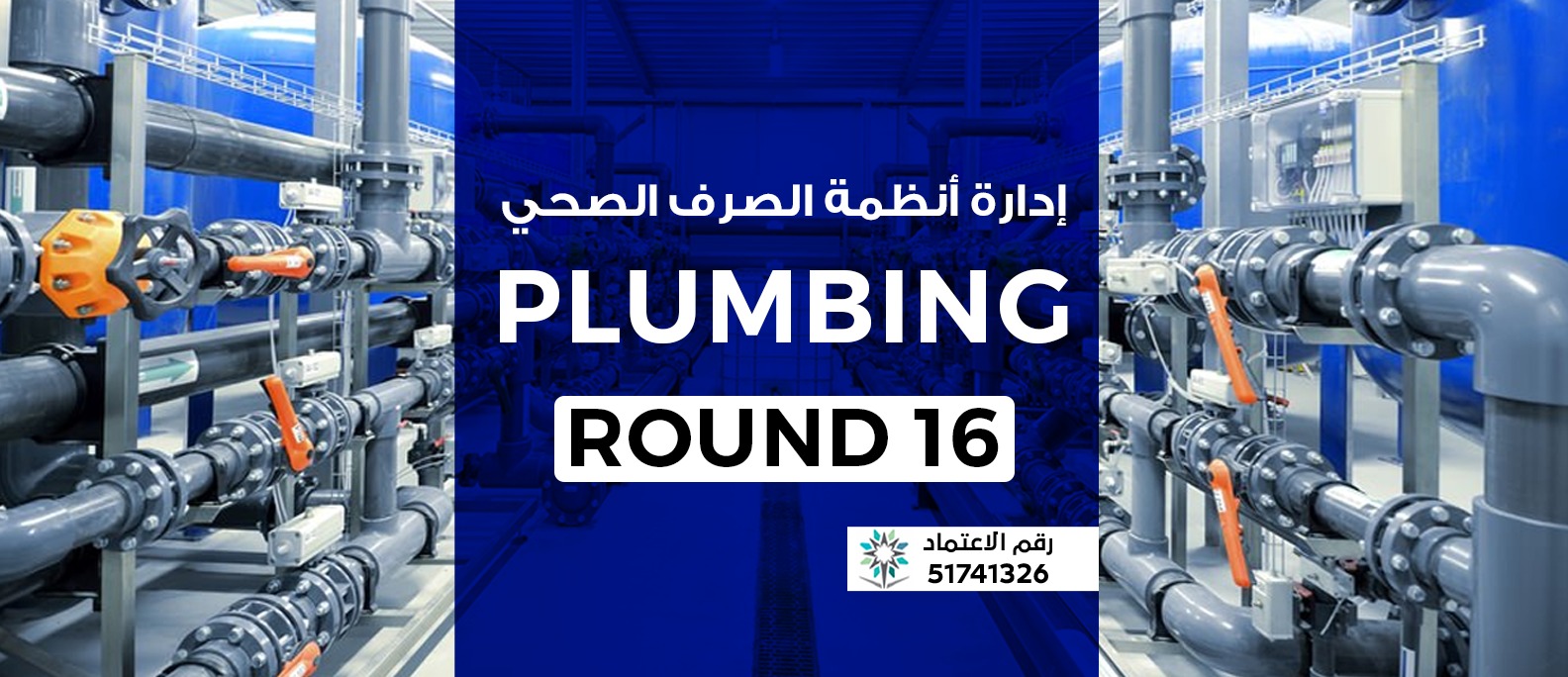

1- Getting to know the role of the drainage and nutrition engineer in contracting companies and consulting offices
2- Knowing the project implementation steps and how to prepare (bid package, bedding) 3- Knowing the correct methods of communication between consulting offices and contracting companies (IR, RFI, NCR, MIR, VO)
4- Identify the types of codes used in the design of drainage and feeding networks
5- Identify the types of health devices used in different facilities
6- Determining the sources of aquatic feeding facilities
7- Learn how to calculate the water needs of different buildings according to the codes
8- Learn about the specifications of the water tank, how to determine its size and the requirements for receiving it on the site
9- Identifying the different ways of feeding facilities with water using the upper and lower tanks
10- Learn how to design feeding networks using the Hunter method and apply it in a project
1- Learn how to determine the capacity of pumps for water feeding systems
2- Learn about the German road phenomenon and how to treat it
3- Learn about the methods of feeding facilities with hot water
4- Knowing how to determine the capacity of the central heater for any facility
5- Knowing how to determine the diameters of the hot water pipes, as well as the return pipes and the capacity of the circulation pump for the system
6- Determining the types of pipes used in tipping and feeding systems according to the code
1- Learn about some of the definitions of drainage systems for establishments (Construction sewer, common building drain, septic tank, soil pile, waste pile...etc
2- Learn how to use my method (one tube, two tube systems)
3- Determining the types of elbows used in drainage systems according to the code
4- Learn how to design a sewage network and determine the pipe diameters and appropriate tendencies for networks with application in a project
1- Learn how to design a drainage network for basement floors.
2- Learn how to calculate the size of the sump hole and the necessary pump capacities
3- Knowing the requirements for installing assembly room pipes according to the code
4- Learn how to design collection tanks (septic tanks and storage tank)
5- Knowing the requirements of the code for the installation of detergents.
1- Knowing the code requirements in the installation of assembly rooms (manholes)
2- Determining the code requirements for installing Gully Traps.
3- Determining the places to use the (indirect waste) method of sewage systems
4- Determining the design method and the installation location of the grease extractor (Grease Interceptor) and (D Mill).
5- Learn how to design rainwater drainage networks.
Sixth lecture:
1- Recognize the different methods of designing ventilation systems.
2- Knowing the code requirements in the design of (single ventilation slot).
3- Knowing the code requirements in the design of (Common Vent) 4- Knowing the requirements of the code in the design of (Wet vent)
5- Identifying the requirements of the code in the design of (Waste vent) Identifying the requirements of the code in the design of (circuit openings).
7 - Understand the code requirements in the design of (Island vent)
8- Swimming pool design
| Rounds | Date | Location | Enroll |
|---|---|---|---|
| Plumbing Round #21 | 2024-05-14 | Online |